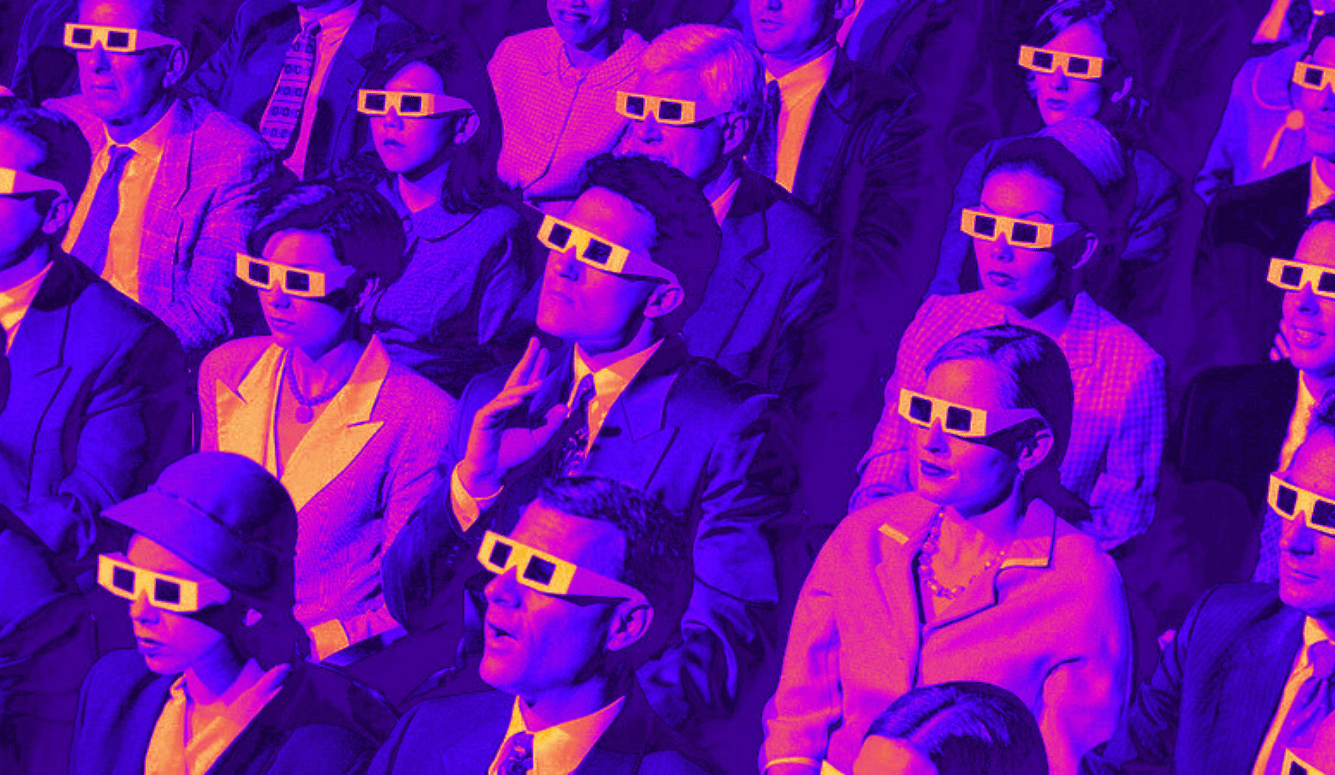Physics
Scaling the Heights of Physics: James D. Bjorken 1934–2024
Over the past 60 years, our understanding of the physics of elementary particles has changed radically. James Bjorken played a key role.

James Bjorken—or Bj, as his friends and fellow physicists knew him—was probably not known to many people outside the particle physics community. But his impact on that field may have been as great as that of the recently deceased Peter Higgs. Like Higgs, only more successfully, Bjorken shied away from the limelight, didn’t care about honours, and preferred to simply do the work, rather than talk about it.

Over the past 60 years, our understanding of the physics of elementary particles has changed radically. In 1960, we understood just one of the four forces of nature, electromagnetism, in terms of a complete relativistic quantum field theory. By 1979, we had theories that successfully described three of the four forces, including the weak and strong forces, leaving only gravity without a complete quantum theory. Bj played a key role in all these developments.

Bj majored in physics at MIT, where he was strongly influenced by the particle theorist Sid Drell, who later made notable contributions to the analysis of how proton-proton collisions are impacted by processes involving their constituent quarks. After graduating in 1956, he moved with Drell, and several other notable MIT physicists, including future Nobelist Burton Richter, to Stanford University. There, a new particle accelerator called the Stanford Linear Accelerator Center (SLAC) was being built to help physicists investigate the mysterious force that governed the observed very strong interactions of protons and neutrons, along with a host of new elementary particles that had been discovered in the 1950s. The idea was to smash electrons, simple point particles that do not experience the strong force, into nuclei, and see what happened. As Bj later put it, “The idea was to have electrons knock protons into smithereens as violently as you could arrange it. This was not trendy at the time.”






